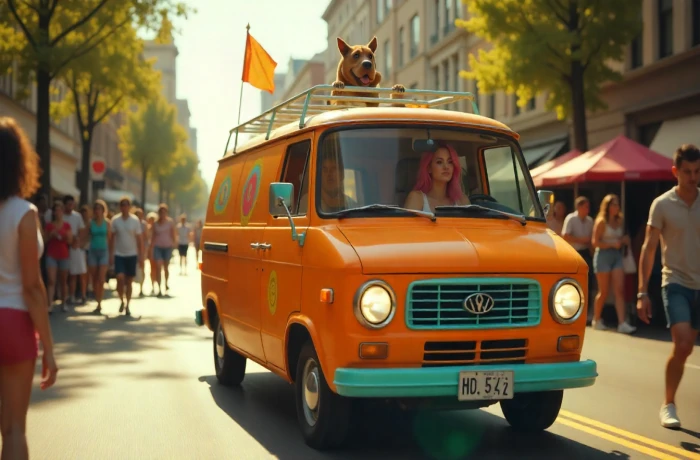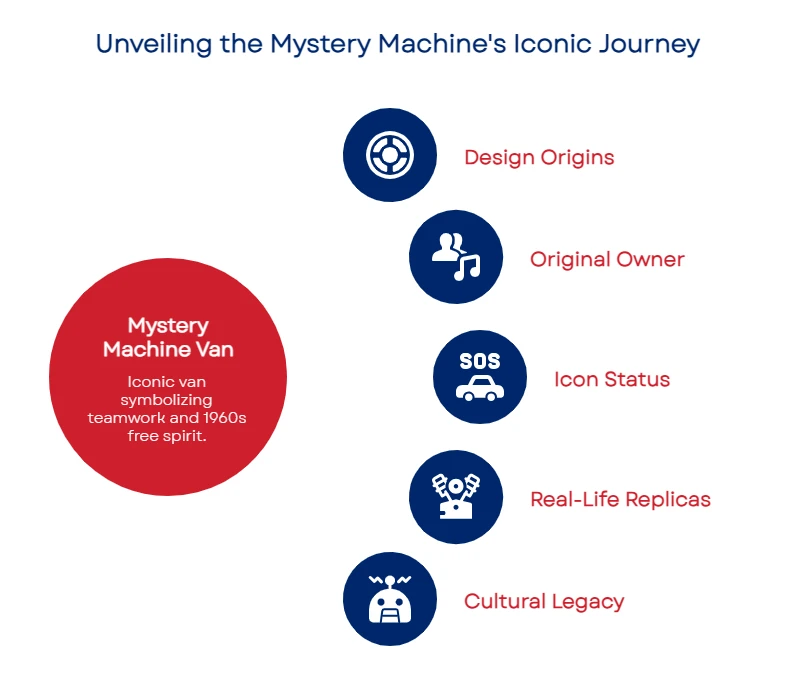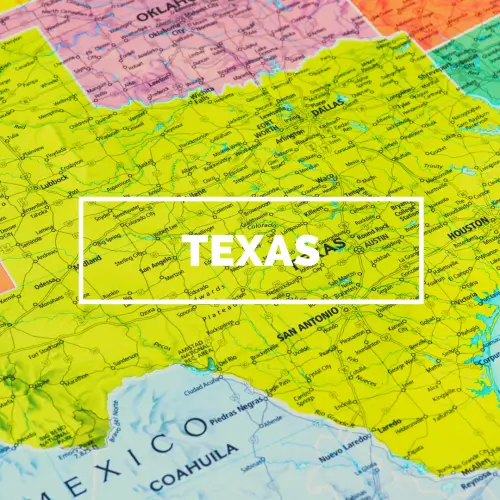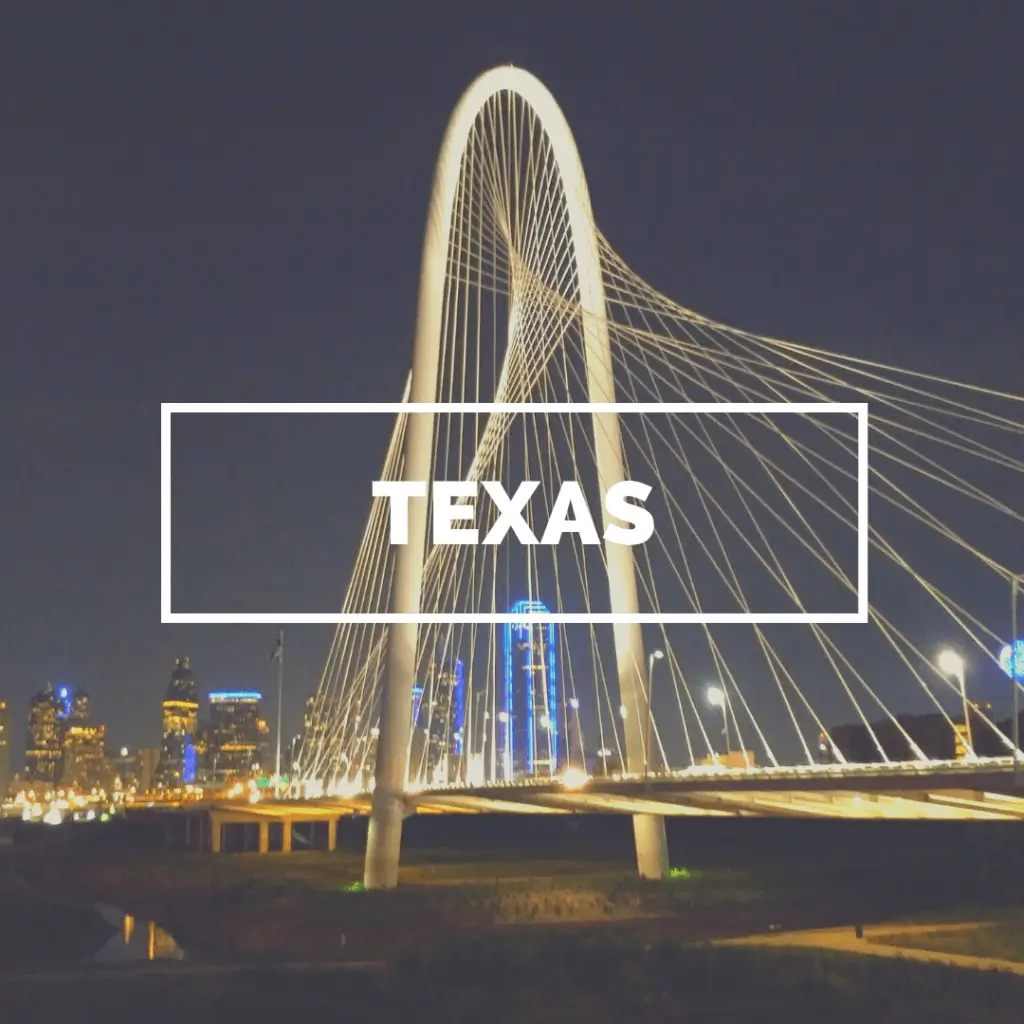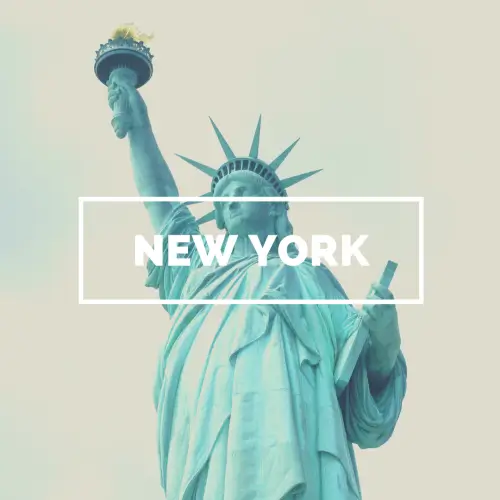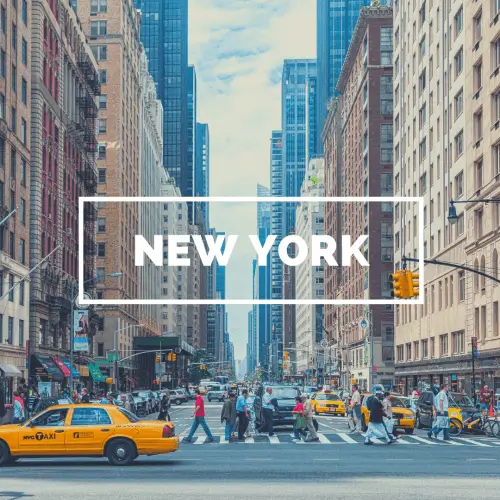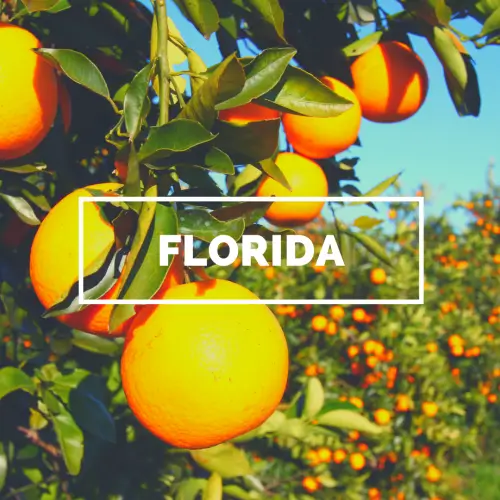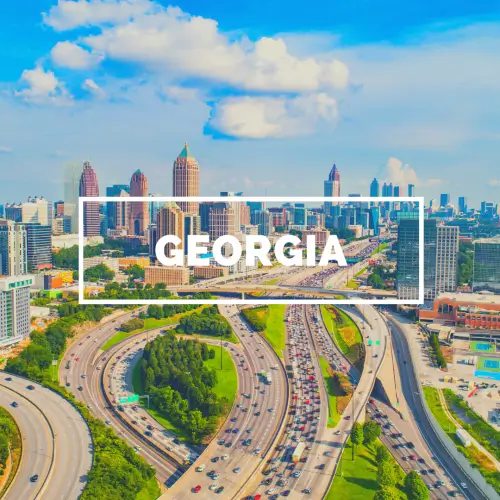How a Psychedelic Van Became Scooby-Doo’s Most Beloved Ride
Almost everyone remembers fixing up a hand-me-down bike or skateboard as a kid: slapping on stickers, spraying wild colors, and making it their own. Fred did the same thing with the Mystery Machine, the iconic Scooby-Doo van. Before it became the gang’s rolling headquarters and the favored transport of Shaggy and Scooby, it belonged to someone else. Back then, it didn’t even say “Machine” on the side.
In this post, you’ll discover the surprising backstory of the Mystery Machine van, what kind of real-world van inspired its design, and why it’s still one of the most iconic rides on TV.
What You’ll Learn
Before we roll into the details, here’s what you can expect to discover about the Mystery Machine Van in this post:
What kind of van inspired the Mystery Machine
Who owned the van before Fred got the keys
Why this groovy ride became a lasting symbol of pop culture
Overview: The Mystery Machine Van at a Glance
The Mystery Machine Van is one of television’s most recognizable vehicles, blending real-world inspiration with a one-of-a-kind style that screams 1960s. Its history, design, and cultural impact all play into why fans still love it today. Depending on what you care about most, the backstory, real-life replicas, or pop culture influence, there’s plenty to explore.
Here’s a more detailed breakdown:
The Van’s Design Origins
The Mystery Machine resembles a 1960s panel van with a psychedelic, flower-power paint job. Fans argue over whether it’s based on a Dodge A100 or a Chevy Sportvan, though no official model was ever confirmed.
The Original Owner and Paint Job
Before Fred took the wheel, the van belonged to a band called The Mystery Kids. Their keyboardist, Flash Flannigan, painted it in the colorful style we all know today, swapping “Kids” for “Machine” when Fred bought it.
Why It Became an Icon
Thanks to its groovy looks, the van became more than just a cartoon prop. It symbolized teamwork, fun, and the free-spirited vibe of the 1960s. It’s appeared in every Scooby-Doo series and movie since.
Real-Life Mystery Machines
Fans around the world have recreated the Mystery Machine in real life. From custom shop builds by West Coast Customs to fan-painted vans at conventions and car shows, the van’s charm lives on.
Its Cultural Legacy
For over five decades, the van has remained a nostalgic emblem of Scooby-Doo, still pulling in new fans thanks to its unique look and feel-good story.
What Kind of Van Is the Mystery Machine?
It’s a question fans have argued about for decades, and the answer isn’t crystal clear.
In the show, the Mystery Machine is drawn as a 1960s panel van. It features rounded lines, bright aqua and green paint, and large orange flowers, making it a perfect snapshot of the flower-power era.
Two real-world vans are often cited as their inspiration: the Dodge A100 and the Chevrolet Sportvan. Neither is an exact match, but both have features that feel familiar when you watch the show.
Here’s a side-by-side look at the two contenders:
It’s worth noting that the van’s creators never confirmed either model, and they likely just sketched a mash-up of styles that captured the era’s spirit. And honestly? That feels right for a van built on mystery.
Who Originally Owned the Van?
Before Fred was behind the wheel, the Mystery Machine belonged to a family band called The Mystery Kids.
They used the van to haul their instruments between shows. The paint job we all know? That was the handiwork of their keyboardist, Flash Flannigan. He decked it out in psychedelic colors and bold flowers, perfect for late-’60s gigs.
When the band split, Fred bought the van secondhand. Instead of repainting it completely, he just swapped out “Kids” for “Machine,” making it the gang’s own. It’s a detail that makes the van feel even more personal, quirky, and resourceful, just like Mystery Inc.
What Makes the Mystery Machine an Icon?
There’s no mistaking the Mystery Machine. Bright, funky, and always up for an adventure, it’s a character in its own right.
That flower-power paint job instantly ties it to the 1960s, giving it personality and style.
It’s also a fully stocked mobile headquarters, with ropes, ladders, lights, and sometimes even computers and antennas inside.
And it’s been a constant presence in every Scooby-Doo series, movie, and comic since 1969, always ready for a chase or a quick getaway.
Additionally, it’s inspired by fan art, costumes, and replica vans seen at conventions. People see themselves in it — colorful, a little weird, and full of heart.
Real-Life Mystery Machines
The Mystery Machine has driven straight off the screen and into the real world, thanks to devoted fans.
West Coast Customs famously built a professional, full-scale replica for promotional events, complete with perfect logos, bright wheels, and even a custom interior.
Plenty of regular fans have done the same, repainting old Dodges, Chevys, and even Volkswagens to match the cartoon van. You’ll see them at conventions, car shows, and even driving down neighborhood streets.
The van also shows up in digital art, toys, posters, and party themes, proving it’s more than nostalgia; it’s still a hit with new generations.
Anytime someone sees a Mystery Machine replica, heads turn and smiles follow. That’s the kind of magic only this van delivers.
Legacy and Cultural Impact
For over five decades, the Mystery Machine has stood for what people love about Scooby-Doo: solving spooky mysteries with friends, staying creative, and having fun while you’re at it.
Its unforgettable look continues to attract new fans, and it keeps older fans returning to their childhood memories.
From TV screens to toy shelves and car shows, the Mystery Machine remains a piece of pop culture history that still feels alive.
Need Help Shipping Your Car?
Now you know the story behind the Mystery Machine Van, from its early days as a band’s quirky ride to its place as a pop culture icon.
At AmeriFreight Car Shipping, we’re passionate about helping car and van owners move their vehicles safely and reliably, whether it’s a classic van you’ve restored, a collector’s car, or your daily ride. We know every vehicle has a story, and we’re here to help ensure it reaches the next chapter.
Frequently Asked Questions (FAQs)
Was the Mystery Machine part of the original Scooby-Doo pilot?
Yes, the Mystery Machine made its debut in the very first episode of Scooby-Doo, Where Are You! in 1969, becoming a staple of the series from the start.
Has the Mystery Machine ever been shown with a different color or design?
Some episodes and movies have featured alternate designs, such as darker or high-tech versions, but they always return to the bright, 1960s-inspired look that fans love.
Are there official licensed Mystery Machine replicas?
Warner Bros. has commissioned official replicas for promotional events over the years; however, many of the vans you see at shows are fan-made, custom-built vehicles.
Is the Mystery Machine functional in real life?
Real-life replicas are fully drivable vehicles, often built on classic Dodge, Chevy, or Volkswagen vans and used in parades, conventions, and private events.
Why does Fred usually drive the Mystery Machine?
Fred is written as the leader of the group, and his confident, take-charge personality made him the natural choice to drive the gang from mystery to mystery.
Disclaimer: This article is for informational and entertainment purposes only. The Mystery Machine Van is a fictional vehicle from a television series, and while some replicas exist, they are not affiliated with the original creators or licensed properties. Any references to custom builds or fan-made projects are based on publicly available information and are not endorsements. Always consult a qualified professional before attempting any automotive modifications or large-scale vehicle builds.




